If Google is showing you this page directly, click here to go to the start of the article.
Comparative Sound Impressions & Performance
Testing Gear: 64Audio Volur, VE PRO, Sennheiser IE600, Hifiman Ananda Nano, Cardas Clear RCA DIY, Canare USB-C DIY, JDS Synapse, Qobuz Studio & Windows 11.
The K17 presents a warm-neutral tuning that feels aligned with AKM’s 4499’s smooth, detailed, and musical signature. Compared to the K19, it’s a touch less neutral and transparent, but in return, it brings a more natural and realistic tonality to the table. It’s the kind of presentation that doesn’t try to impress with overexposure.
Instead, it simply gets the timbre and body of real instruments right. For example, acoustic guitars, strings, and percussions all carry their physical presence with satisfying weight and texture. The K17 is a clear winner compared to the K9 series; the K9 Pro ESS feels more artificial in tonality, and the K9 AKM lacks the detail-retrieval and transparency the K17 carries.
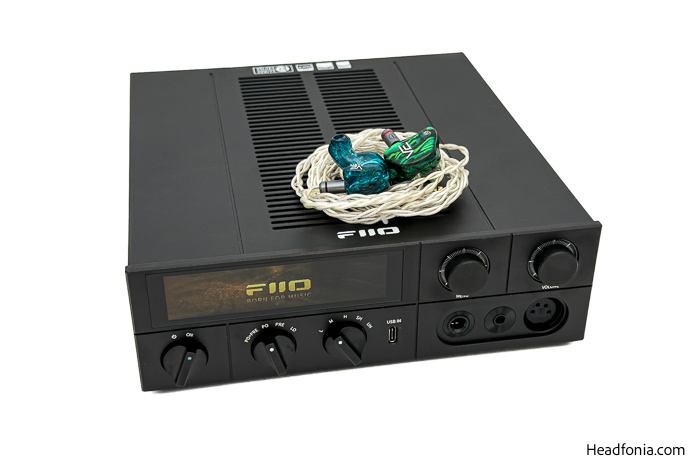
The K17 feels dynamic through and through. It hits with authority when needed but never loses its composure. It’s clean, well-resolving, and impactful without being excessive. The bass, in particular, is tight and deep. There’s no looseness, no bloat, no bleed. It anchors the sound with just the right amount of weight and grip. It doesn’t have over-warmth, and it maintains excellent control no matter the genre.
The midrange is musical and organic. The vocals and instruments are reproduced with excellent tonality, which feels natural and realistic. The upper midrange is slightly less forward than the K19’s, making it a bit easier on the ears for long sessions. Yet, it doesn’t sacrifice a big portion of the resolution. It’s simply more relaxed in its delivery. Transparency-wise, I am positively impressed with what FiiO achieved with the K17.
Treble follows a similar path. It’s smooth and refined, with a good amount of air and extension to avoid feeling rolled off. The K19 offers more edge and bite in the upper treble, but the K17 trades for a more grounded and natural sound that’s easier on the ears. There’s no added energy for the sake of sparkle.
Crashes and cymbals decay naturally; Piano keys carry a good amount of detail without coming off artificial, and strings shimmer without turning brittle. And the top end feels fully integrated, not detached. In my opinion, one of the stellar sides of the K17’s signature is its coherency.
What truly defines the K17 is its balance between musicality and resolution. It’s not too analytical, and it’s not too warm. It sits right between the two, with tonality and naturalness as its strongest traits. Kudos to the team behind it, as this is not an easy signature to design.
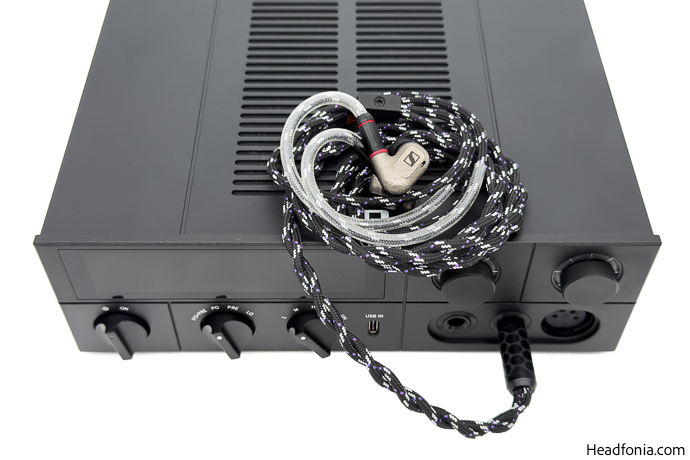
Technical Performance
The soundstage is realistic. It’s not artificially widened or stretched but rather spatially accurate and feels coherent regardless of genre. The width comes close to what the K19 delivers, and the depth is excellent. You get clean layering with instruments convincingly across the spatial stage. The only real difference lies in vertical perception.
The K19, thanks to its more energetic upper treble, offers a slightly taller stage. In terms of lateral spread and front-to-back depth, the K17 surprised me; I don’t know if it’s the toroidal or the new amp stage, but I’m happy to have been caught off guard.
Stereo separation is particularly excellent. Instruments are well-defined in their respective spaces, with no smearing or bleeding into each other. The imaging is accurate, and I can easily pinpoint individual sound sources, even in dense arrangements, using the Volür or the more modest IE600.
Also, K17 handles congestion like a champ, keeping complex passages clean and tidy. PRaT is another area where the K17 feels excellent. It’s a fast DAC/AMP. Transients hit with agility without sounding artificial or forced. Attack/decay feels snappy. It feels rhythmically sharp and cohesive, yet never sterile. Just how I prefer it.

Last Words
The FiiO K17 is, to me, a rare example of solid engineering. It doesn’t chase specs for bragging rights or lean on artificial sharpness to simulate detail. Instead, it focuses on balance to find a happy medium between resolution and musicality. Pretty safe to say that it nails it.
Rather than trying to outshine the K19 by force, it carves its own path with a tuning that’s more natural and musical. Its realistic tonality, combined with strong technical performance, makes it a genuinely capable all-in-one. Add in streaming support, full DSP EQ, a responsive UI, and a robust build, and you’ve got one of the most impressive devices FiiO has released to date.
If you’re after a natural-sounding, versatile desktop DAC/AMP that does punch above its price tag, the K17 is very hard to beat. The FiiO K17 now is a Recommended Buy Award winner and it joins our Recommended Buy/ Best Buy List!
Summary
Pros
+ Natural & Realistic tonality
+ Excellent feature-set
+ Solid technical capability
+ Great design
Cons
– None at this price







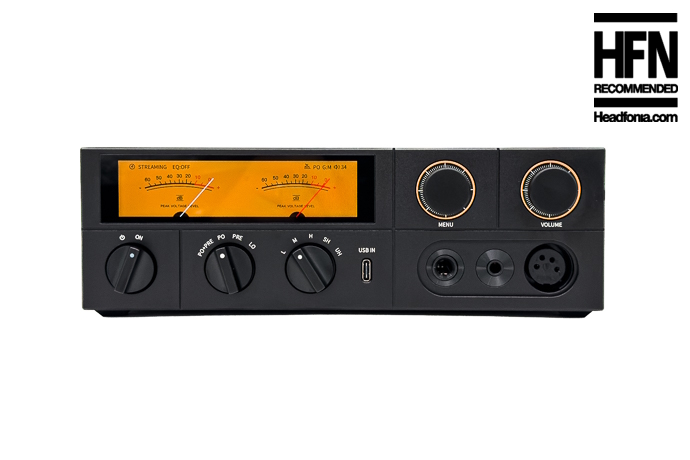

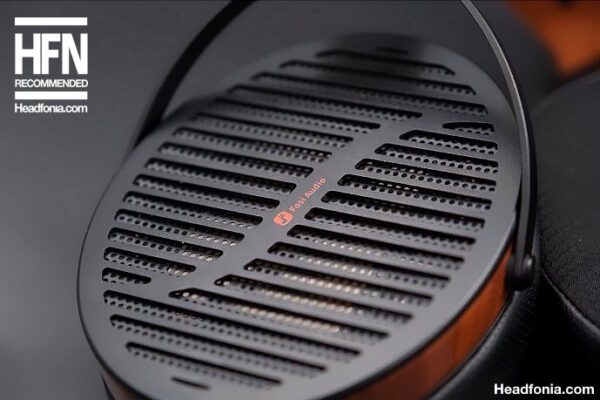
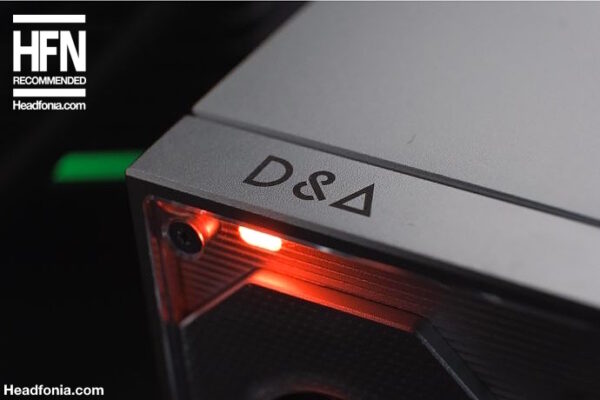
SonicPhile
Isn’t this just a repackaged FIIO R9? It sits in between the R7 and R9 in price. Only
the form factor has been changed to horizontal to simplify the UI touchscreen functions. This should been designed as a fully digital pre-amp without the quasi-analogue retro styling.
Jamm Hürsch
If you use the usbc port on the k9akm, you get pretty much the same sound with the k17
David Tison
Given the choice, when using headphones like Audeze 4Z or Meze Elite, would you choose this or the Erco Gen2? I don’t have the option to demo them around here so I thought I would start with a recommendation if you’ve heard both. Thank you.